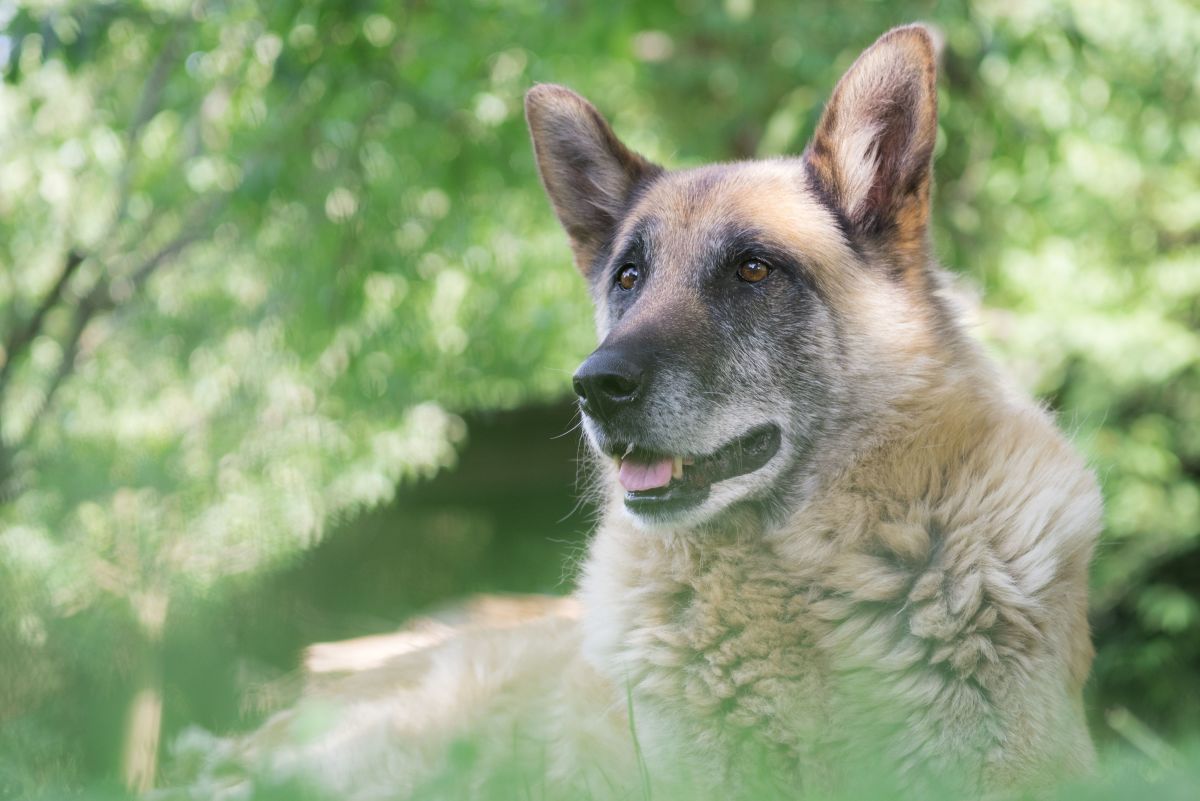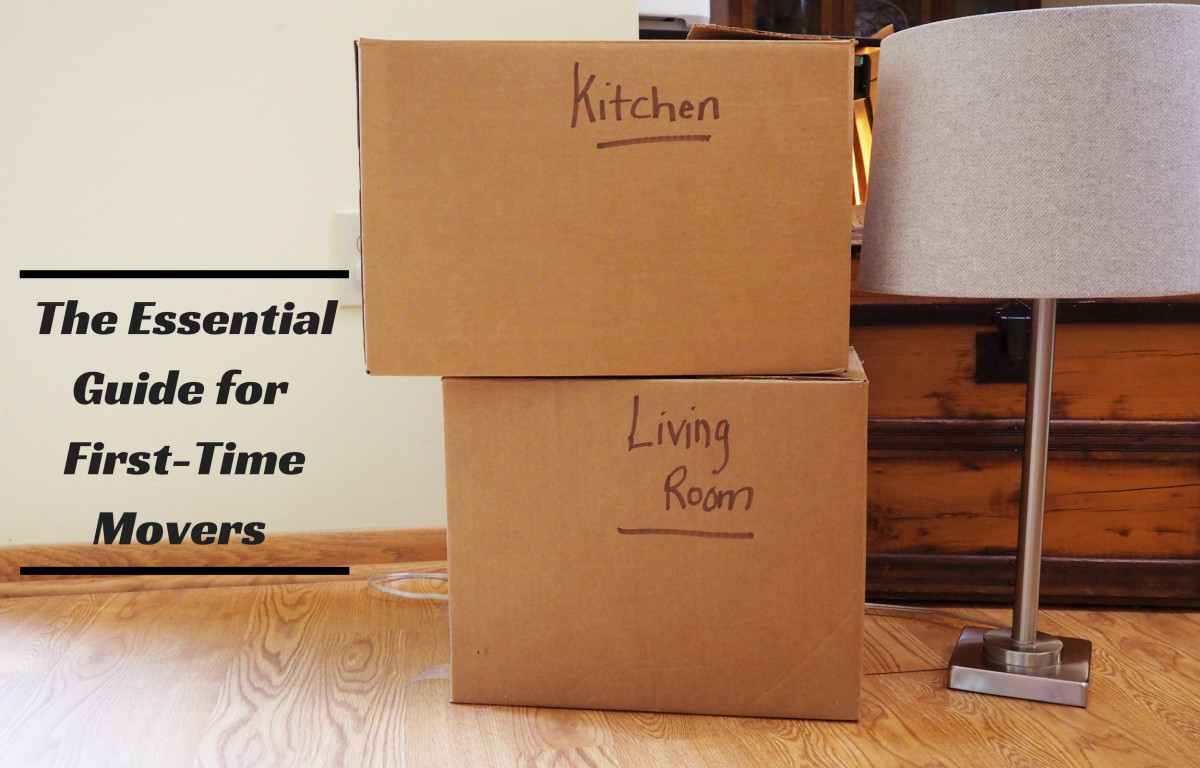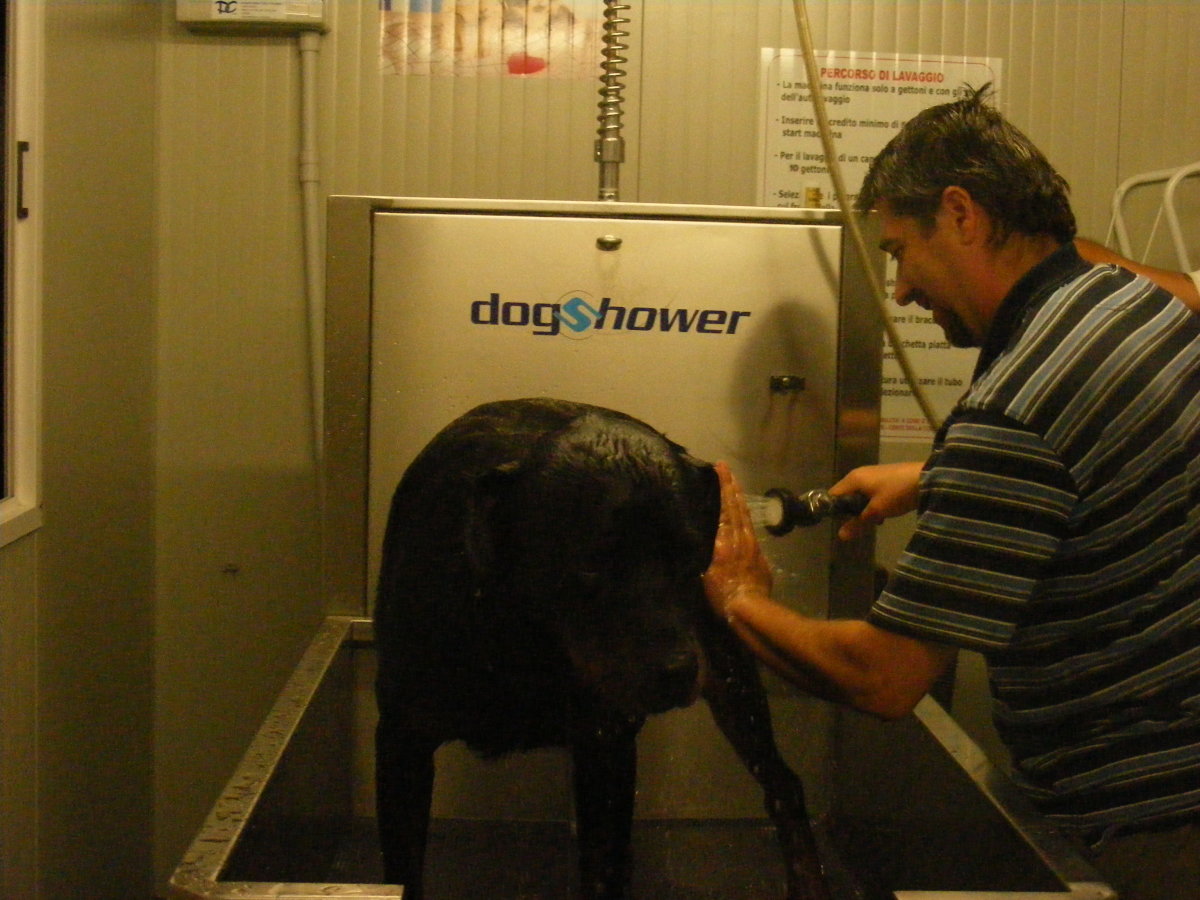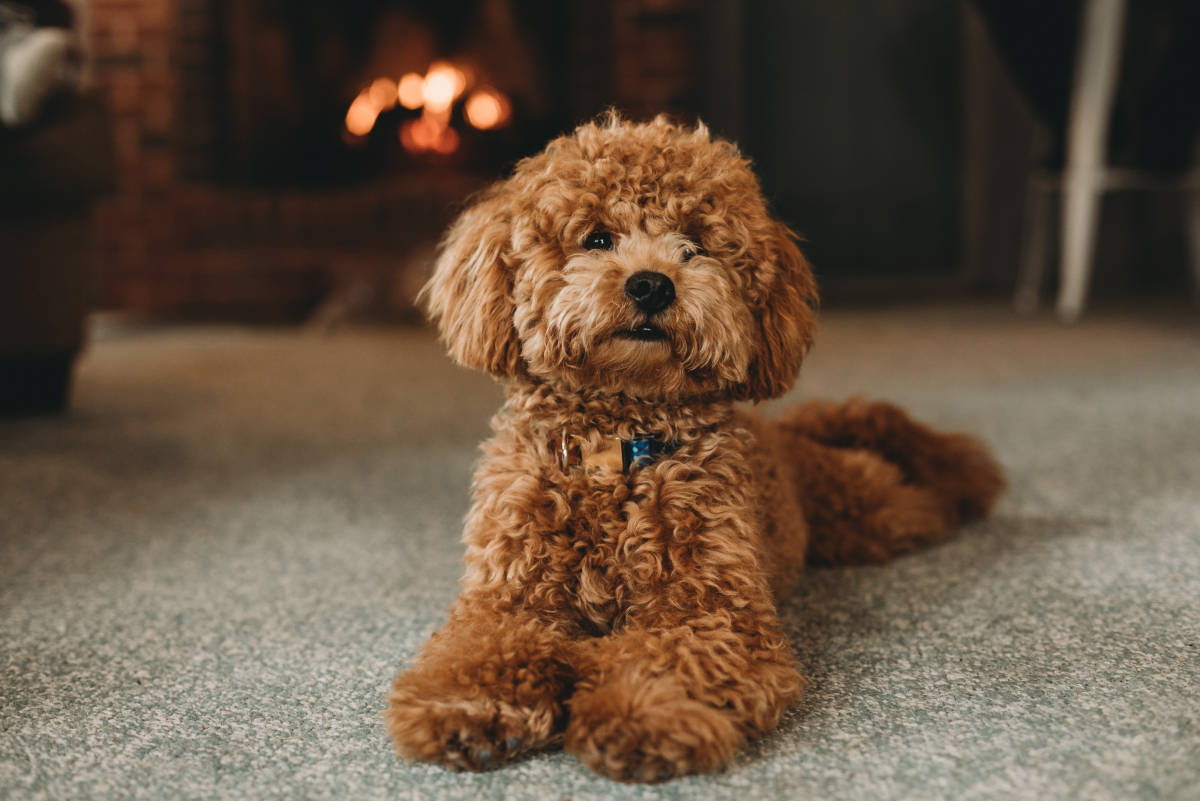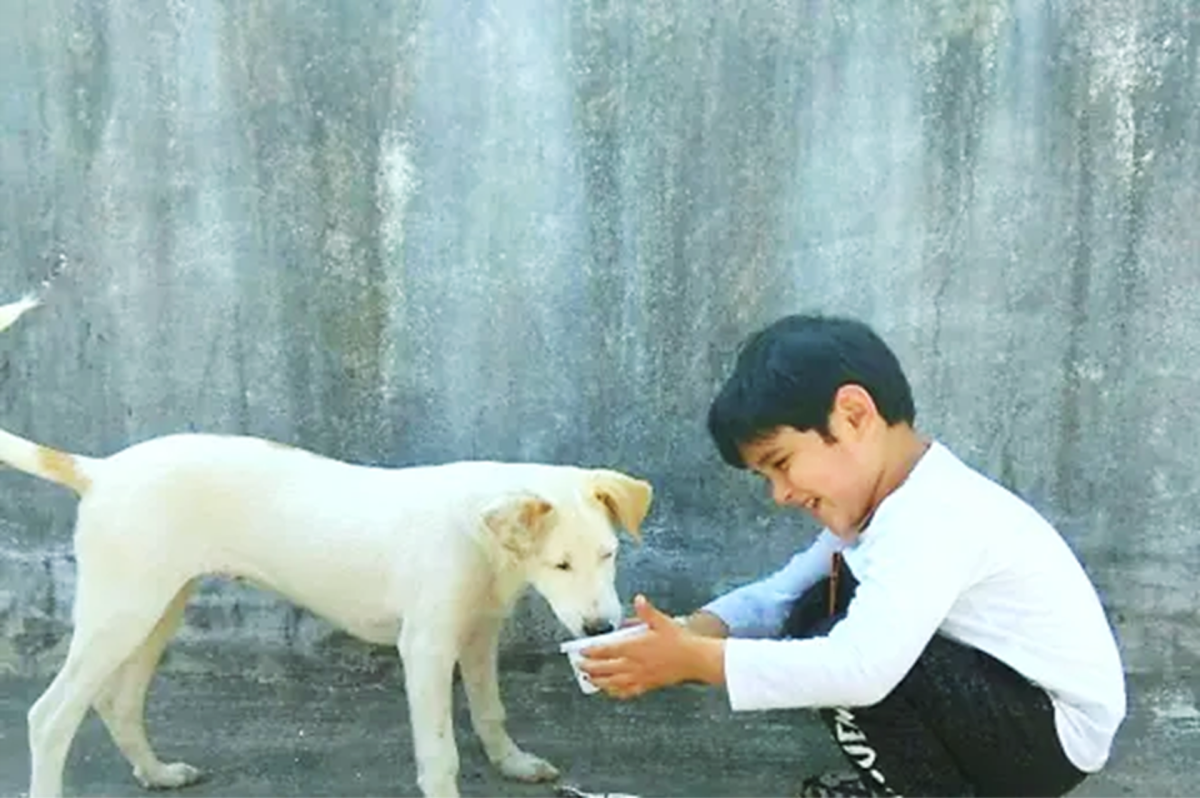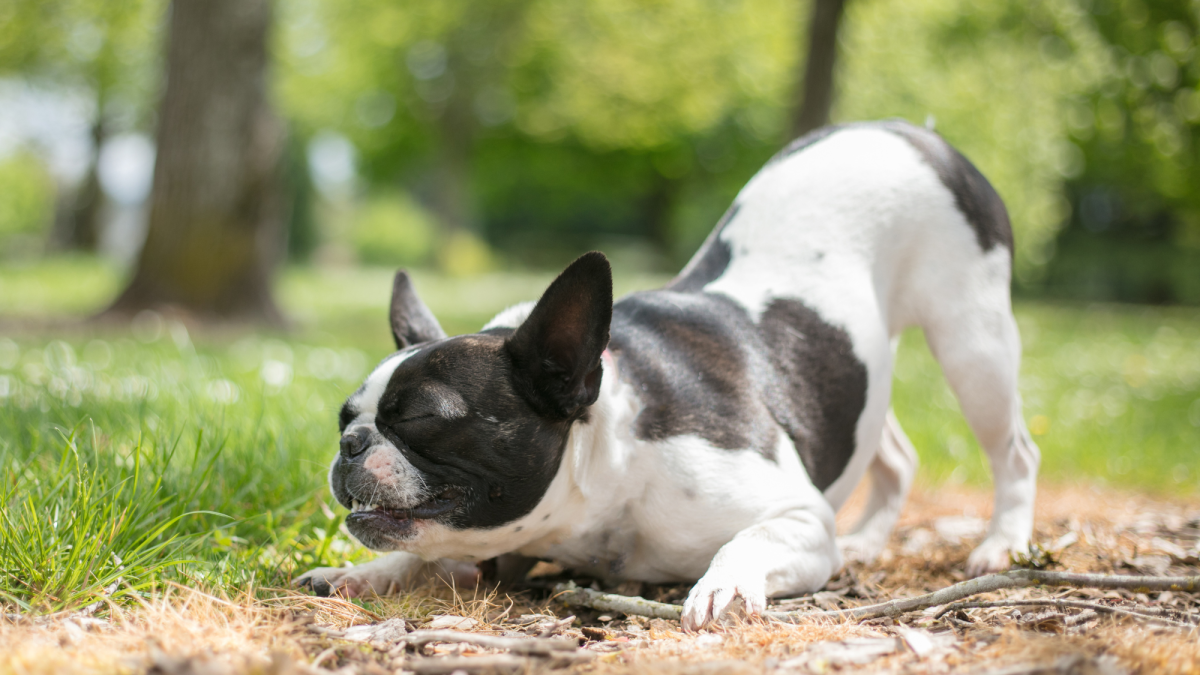Moving with Your Dog
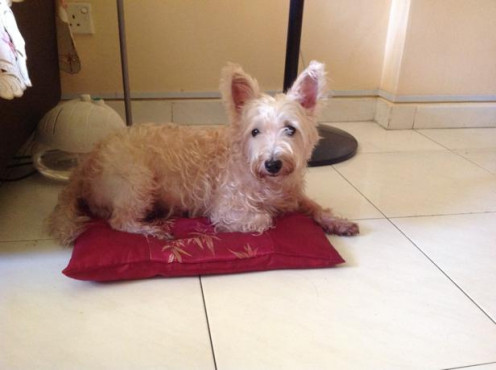
By Michelle Liew Tsui-Lin All Rights Reserved
A move is stressful, with the bane of furniture and tons of paperwork to administer. Keeping track of odds and ends is a complete hassle.
The move is completely annoying for you, but what about your dog? While they are not taxed by mountains of paper work and furniture, getting accustomed to a new home is overwhelming for them.
It is vital to get your pet adjusted to a new home for practical reasons. These pointers will serve as a guide to managing situations that fluster both you and your pet.

A dog’s reaction to moving to a new home
Take a little time to empathize with your pet and you will understand why he will find a move as draining as you will.
1. Limited understanding
A move is taxing for a pet as it is for you. While animals have the capacity for understanding, they will find it difficult to make sense of the chaos happening around them.
The abrupt changes can be completely overwhelming.
2. Dealing with unfamiliarity
Unfamiliarity can be more taxing for your pet than it is for you. Pet owners know that dogs are creatures of routine.
It disrupts them to lose their familiar sleeping locations, sights and smells as it does for you.
3. Nervousness and excitement
Those who are owners of more feisty terrier dog breeds as I do will understand how nervously excited they are.
My West Highland White, Cloudy, becomes so excited when changes happen that she becomes slightly incontinent. A potty-trained pooch, she exhibits such behavior whenever a visitor arrives.
What would your pet face if he moves into a new home?
Why we must get a dog used to a new home
The last concern we want on our minds in the midst of a busy move is untoward behavior. Unfortunately, these may affect your dog at such inopportune moments.
Having a few contingencies to address them helps preempt unwanted problems.
1. Emotional Problems
Mirroring humans, dogs manifest depression when uprooted. As children do, they feel sadness when taken away from the friends and surroundings they know well.
They may manifest these problems with symptoms such as withdrawal or a refusal to eat, both of which can cause headaches for an already flustered owner.
2. Behavioral Problems
Separation anxiety and depression may show themselves in behavior problems too. A dog may eliminate where it should not. It may also start chewing slippers or displaying aggression.
3. Physical ailments
Though this sounds whimsical, the Nocebo effect applies to canines as it does to us. Dogs become ill because of their perception of negative circumstances and an abrupt move is one of these situations.
Tips for moving with your dog
How to get a dog used to its new home
Getting a dog used to a new home is no small effort. It means a host of considerations, including travel and acclimatizing it to its new environment.
Steps for a smooth move need to be taken before, during and after the move has been made to your new home.
Step 1: Before the move
Find out if you need to prepare your pet’s medical records. If you are moving over a long distance, obtain your pet’s veterinary records for the vet in your new area.
Ask about licensing requirements in your new area. Make arrangements for the dog to travel by car or air, as they aren’t allowed on buses or trains.
If you are traveling by air, you will need to get your dog accustomed to a crate. Put this in the living room with your furniture so that the dog goes into it voluntarily.
As soon as you have your new address, get a new pet ID tag. Let your pet wear both his old and new tags so that he can be found if he is lost in the middle of the move.
Pack your dog's belongings, such as his food bowl, chew toys and leash, in a travel kit before your move.
Step 2: During the move
On the day you move, place the dog in a safe, quiet area such as a bathroom. Place a “Do Not Enter” sign to inform others that they are not supposed to be in that area.
Assign a family member to ensure that the dog is not left behind.
Traveling by car
If your dog loves car rides, you may want to familiarize him with a restraining harness. Do not let him stick his head out of the window as he may either jump out or be pelted by debris.
If he does not like car rides, consult your vet for medication or advice on behavior modification.
Never leave it alone in a parked vehicle or in a trunk of a car, especially in warm weather. The open area of a truck or the back of a moving van are not safe areas for your dog in cases of an abrupt stop.
Traveling by air
If you are traveling by air, find out about any restrictions the airline you are using may have about carrying pets. Ask if the airline requires a specific carrier.
If your pet has to be in the cargo area, ensure that it is temperature controlled. Airlines that allow pets to travel in-cabin are:
(a) Air Canada
(b) Air France
(c) American Airlines
(d) Delta Airways
(e) JetBlue
Again, consult the airline for restrictions.
Step 3: Getting Your Dog Used to Your New Home
When at your new home, open your pet’s crate to see if he has sustained any injuries. Keep him locked in his crate until you have decided that it is safe for him to be let out.
If he has separation anxiety or depression, spend some time playing with him and assuring him that he is in his new home.
Set up your dog’s belongings to give him a sense of familiarity. Secure his new tag on his collar.
Take him for a walk around the new neighborhood to acquaint him with his new surroundings. Introduce your dog to new friends, neighbors and other dogs too.
Keep an eye out for resources such as dog parks, groomers and pet care stores.

Conclusion
Moving your pet to a new home is not such a daunting process if you put these measures in place.
Other Pet Hubs by Michelle Liew
- Therapy dogs and improving emotional states
Showcasing the very good work of Therapy Dogs, more than man's best friend. Is your dog a suitable therapy dog? - Getting children and dogs to mix well
THere's always a way for children and dogs to interact safely. - Ways to help our dogs to maintain a healthy weight
An article on overcoming weight problems in dogs. - Knowing what annoys or pleases our dogs: building la...
An article on what annoys and pleases our dogs. What can we do to build good relationships with them? - The ways dogs make a difference to our lives: variou...
An article on how dogs can make a difference in many ways and preparing a dog as a service dog. - The nature of agility training and how dogs and owne...
An article on agility training for dogs. - Symptoms of fear in dogs and how to help our pets ov...
On the different things that make our dogs afraid and overcoming them. - How to reduce or eliminate worms in dogs
On the importance of deworming our dogs, how to do so and what to expect after deworming - Managing eye conditions in dogs:symptoms,types,cause...
This is an article on the common eye problems in dogs and their causes, symptoms and treatments. - Causes of skin disorder in dogs:symptoms, types and ...
What are the symptoms, causes and types of skin diseases in dogs? Which breeds usually experience them? - Causes of skin disorder in dogs:symptoms, types and ...
What are the symptoms, causes and types of skin diseases in dogs? Which breeds usually experience them? - How to be responsible owners and reduce the number o...
On the problem of pet abandonment and how to reduce the numbers of unwanted pets in shelters. - Making the trip to the veterinarian easier for yours...
On the times we need to bring our pets to the vet, the difficulties we face and how to overcome them. - Ten rare canines to consider as family pets
Here are 10 rare breeds of canines to consider as pets! - How to provide stress relief for our pets
An article on the causes of stress in animals and how to help them overcome it. - Symptoms of fear in dogs and how to help our pets ov...
On the different things that make our dogs afraid and overcoming them. - How to determine if a dog has been poisoned:causes, ...
An article on the causes, symptoms and prevention of poisoning in dogs. - The benefits of music for animals : suitable music f...
On the benefits of music for our pets - What unique cats make special pets?
Ten special cat breeds one can consider as pets. - Eliminating fleas in our pets - the pros and cons of...
The pros and cons of anti-flea products and natural ways of eliminating fleas in our pets.


